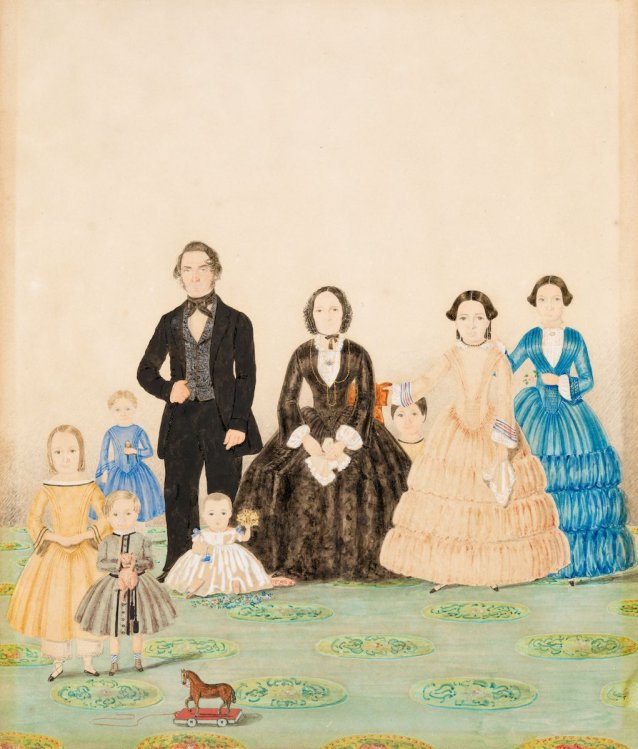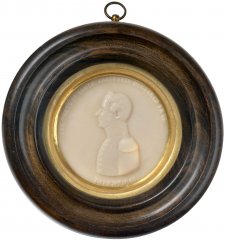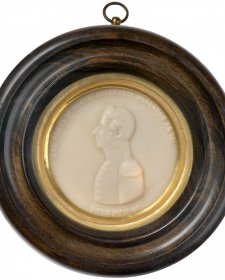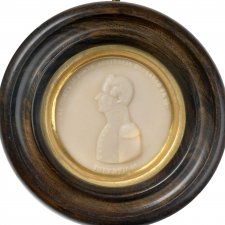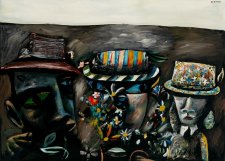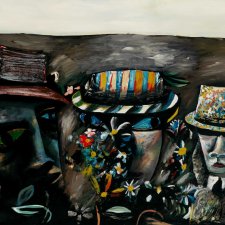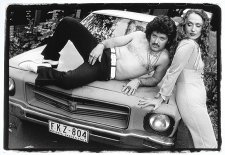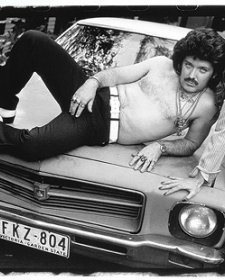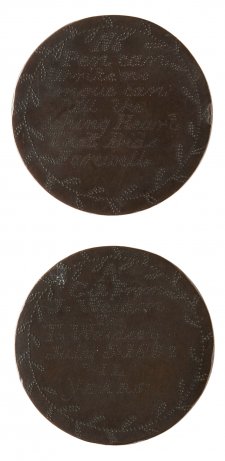People like George Billett and his wife Jemima prove that there was much more to convict-era Tasmanian life than rusticity and privation, and that a hardened, ‘arse-end-of-the-world’ place could be ripe with opportunity.
You can’t choose your family, so in 1850s Australia there were plenty of people employing portraitists to help gloss over the ‘stain’ of convict parentage instead. Both of George Billett’s parents had been convicts, doing their time at Norfolk Island before relocating to Hobart to put their pasts behind them. In 1835, aged twenty-two, George married sixteen year-old Jemima Larsom, whose parents had also been convicts. The first of their twelve children was born in 1836; by the 1850s, they’d attained the status of prosperous, upstanding citizens. These pull-yourself-up-by-the-bootstraps folks were typical clients for the itinerant painter and erstwhile surgeon and convict Charles Henry Theodore Costantini. No matter that his portraits lacked physiognomic accuracy, no matter his dubious character; Costantini was a dab, delightful hand at the correct transcription of respectability and its trappings – costume, coiffures, accoutrements – making him the perfect choice for those families who had fashioned gentility from coarse or inauspicious beginnings.
